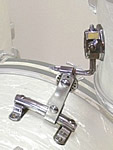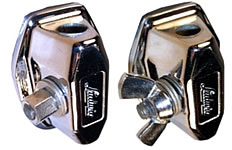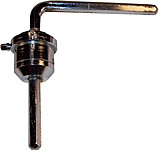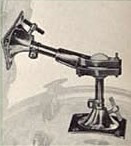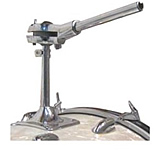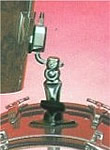Important Web Site Pages

|
|
Vintage Drum Identification
|
Restoration and Help
|
Visit our Partner Web Sites
|
Search
our web sites! |
||
| |
||
| |
Thank
you for visiting! please support vintage drum history. |
PayPal.
Vintage Drum
Forum |

